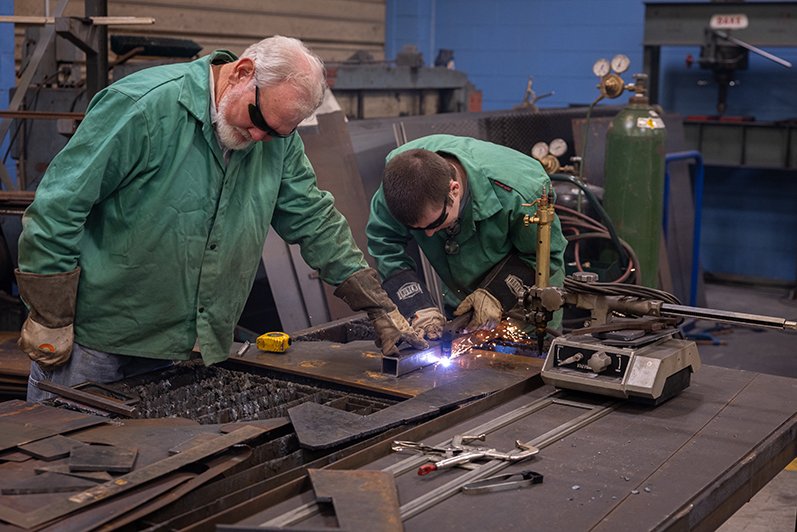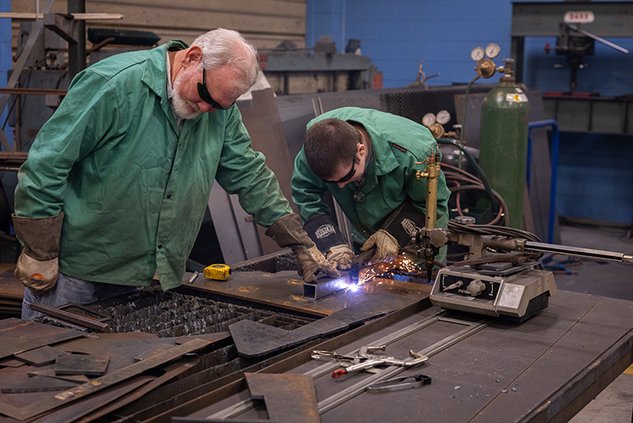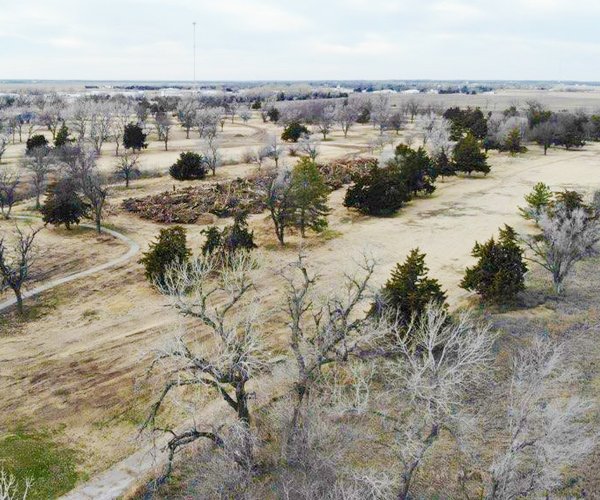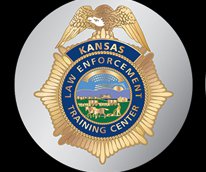A public hearing on Dec. 30, 2024, in Great Bend raised concern about an acid rain permit renewal for the Sunflower Electric Corporation’s station at 335 NW 50 Ave. in rural Great Bend. The permit has been approved by the Kansas Department of Health and Environment as presented with no changes. However, one issue raised at the hearing did result in change.
Those who attended the public hearing learned that Sunflower has had this permit since 2005 and it has been renewed every five years. Sunflower Electric was not seeking anything new or different but wanted to renew the permit for another five years. That was not clear in the legal notice published in the Great Bend Tribune.
“Going forward, public notices for Acid Rain Permits will state if the permits are renewals,” the official response to the hearing states. “The previous notice title, ‘Notice Concerning Proposed Phase II Acid Rain Permit,’ will be changed to ‘Notice Concerning Proposed Phase II Acid Rain Permit Renewal.’”
The Acid Rain Permit renewal for the Sunflower Electric Great Bend Station was renewed on Dec. 31, 2024.
Parker Robb, engineering trainee with the permitting section at the Bureau of Air, Kansas Department of Health and Environment, said no changes were made to the draft permit available prior to and during the public hearing.
The KDHE Bureau of Air published the comments and its response to comments made at the public hearing, noting one attendee (Jettie Zoller from Hoisington), gave oral testimony at the Dec. 30 hearing.
Its summary of her comments reads, “One commenter requested more information regarding the Acid Rain Permit program. The KDHE and EPA websites indicate that sulfur dioxide and nitrogen oxides (which cause acid rain) are detrimental to the health of humans, contributing to respiratory illness and heart and lung diseases, especially in children and the elderly. Sulfur dioxide and nitrogen oxides also affect the health of wildlife, soils, water, trees, crops, and buildings, which are damaged by the acid rain formed by sulfur dioxide and nitrogen oxides. Acid Rain Permits that allow facilities to emit additional sulfur dioxide and nitrogen oxides should not be issued if sulfur dioxide, nitrogen dioxides, and acid rain have such an effect as described by the KDHE and EPA websites.”
The response and rationale concludes, “The proposed Acid Rain Permit renewal complies with all requirements of the federal Acid Rain program as regulated in 40 CFR Part 72, Permits Regulation. The purpose of an Acid Rain Permit is to identify the sulfur dioxide emission allowances initially allocated to a facility’s electric generating units (EGUs) in the federal Acid Rain program’s market-based cap and trade program, as well as any applicable nitrogen oxide emission limits. Initial sulfur dioxide allowances are codified in 40 CFR 73, Subpart B (Sulfur Dioxide Allowance System), and nitrogen oxides emission limits in 40 CFR 76 (Acid Rain Nitrogen Oxides Emission Reduction Program). Acid Rain Permits must be renewed every five years on a predetermined schedule. ...
“The number of Acid Rain program sulfur dioxide allowances actually held by a permitted facility in its account may differ from the number initially allocated due to allowance trades with other facilities. Great Bend Station Unit GB3 is not subject to an emission limitation for nitrogen oxides under the Acid Rain program.”
The permit allows for the plant to emit up to one ton of sulfur dioxide per year.





